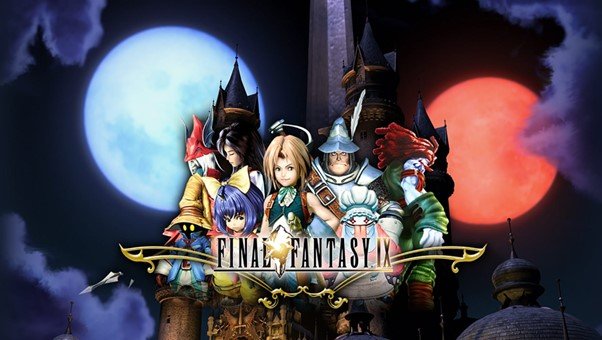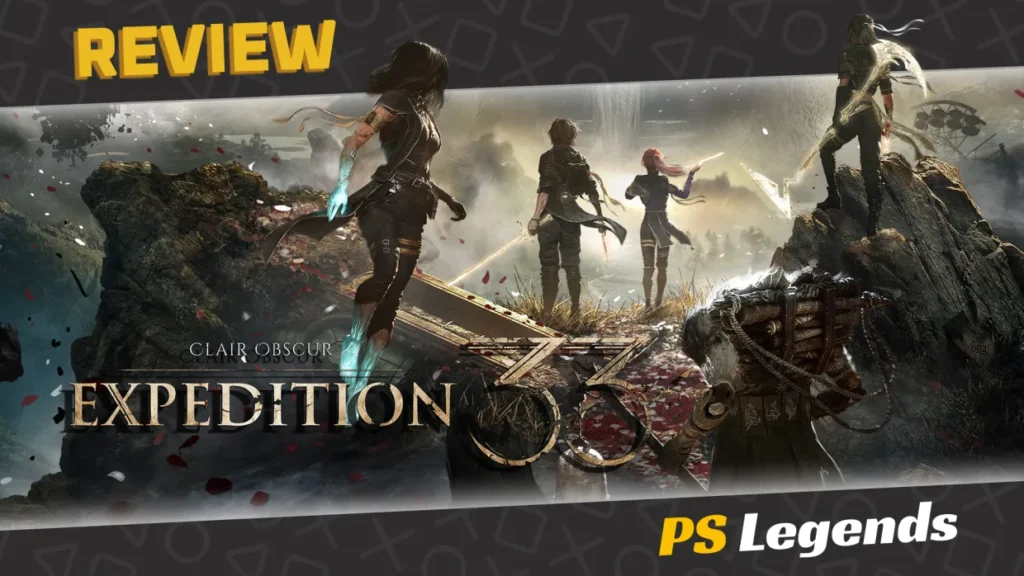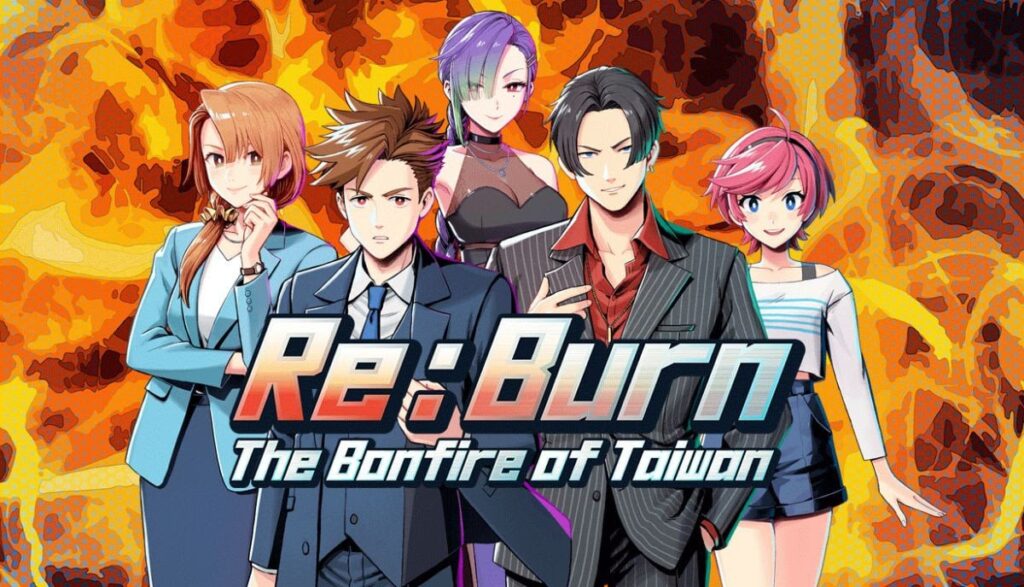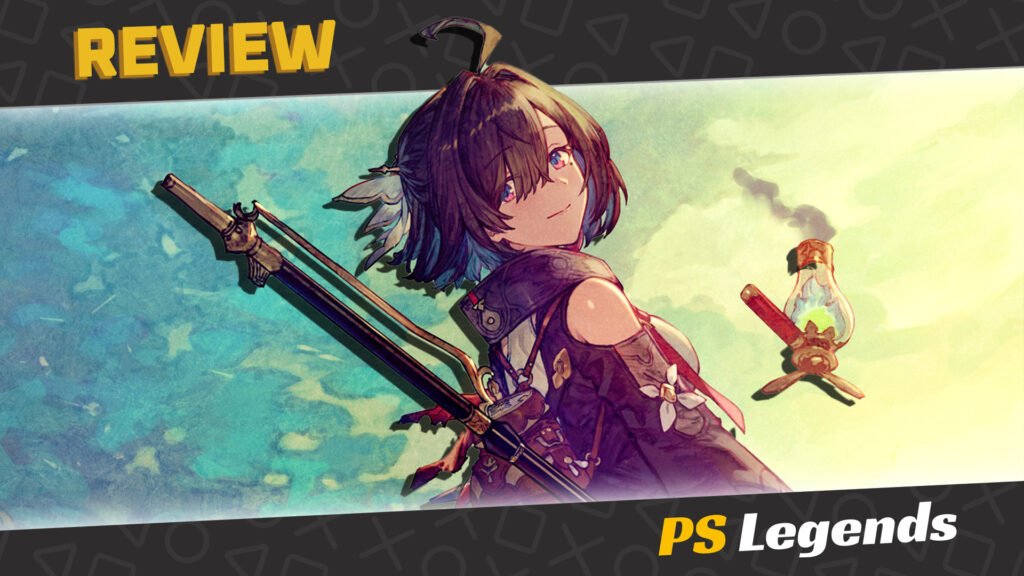The PS One era really was the Golden Age of JRPGs. A time when Squaresoft could do no wrong. Sure, you could nitpick if you really must, but when you’ve got a narrative masterpiece released every year or two, you really are living in the right place at the right time. Final Fantasy IX is every bit the epic that its predecessors are, despite concerns that it was developed by Square’s offshore ‘B Team’ based in Hawaii, a fact which quickly became irrelevant upon the game’s glorious release.
Introduction
I have wonderful memories of Final Fantasy IX. It came at a time (the end of the PS One lifecycle) where I had to make an informed decision about where my gaming journey would lead me next. With my driver-picky PC struggling to run Final Fantasy VII and VIII, and IX not releasing on the PC for another decade, the upcoming PS2 sporting tasty backwards compatibility had the potential to be my next gaming platform.
Looking back, it seems so obvious. I have no regrets whatsoever about jumping ship from PC to PlayStation, and I have Final Fantasy IX to thank for helping me get there. It’s a familiar tale set in a welcome return to classic medieval Final Fantasy, where two teens with very different upbringings find themselves thrust together in order to save a dying world.
Story
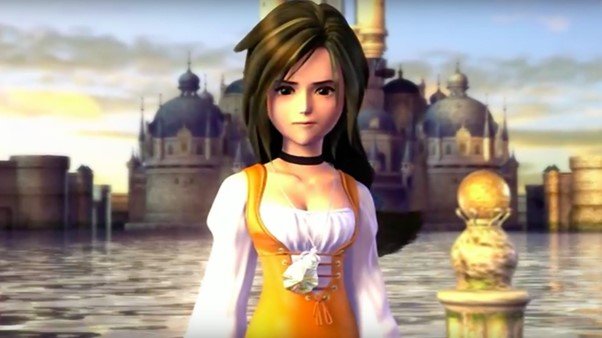
Tasked by Regent Cid of Lindblum with kidnapping Princess Garnet from her tyrannical mother, Queen Brahne of Alexandria, Zidane, and the members of Tantalus; a group of outlaws-for-hire masquerading as a theatre troupe, execute their mission only to find that Garnet actually wants to escape in order to warn the other nations of Brahne’s planned invasions.
Chased by an army of villains at every turn, Zidane, Garnet and their ever-growing team of allies race across the world to rally support while also hoping to learn the secret of Brahne’s newfound power given to her by her mysterious new arms dealer, Kuja.
It’s a game that surprised me with a regular flow of colourful party members joining and leaving your party. Zidane is a cheerful and likable fellow, making him a breath of fresh air from all the angst-ridden heroes that were popping up in games and anime at the time. Garnet, or Dagger going by her alias, is not only a powerful summoner, but also torn between being a loyal daughter and the heroine she aspires to be.
Whilst few characters other than Zidane and Garnet bring much of note to the story, with these two arguably being joint-protagonists, there are notable contributor. The adorable young Black Mage, Vivi, like Zidane and Garnet, also hides a troubled past, and Garnet’s bumbling bodyguard Steiner provides some comic relief. There is a large roster of permanent and temporary party members contributing throughout the entirety of the game.
Gameplay
The player controls Zidane and several other characters throughout the game, exploring areas and interacting with non-playable characters. Most of the game occurs on field screens consisting of pre-rendered backgrounds representing towns and dungeons. To aid exploration on the field screen, Final Fantasy IX expands on the ‘field icon’, an exclamation mark appearing over the lead character’s head, indicating a point of interest. Players speak with Moogles to record their progress, recover their energy, and purchase items.
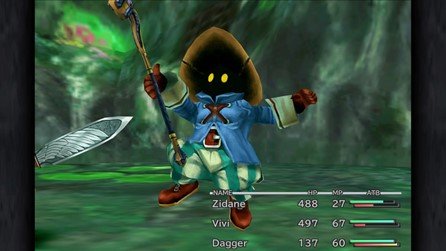
Players journey between field screen locations on the world map, a three-dimensional representation of Final Fantasy IX’s world presented from a top-down perspective. Players can freely navigate around the world map unless restricted by obstacles such as bodies of water or mountain ranges. To traverse these impediments, players can ride chocobos, sail on a boat, or pilot airships. Like previous Final Fantasy games, players enter battles caused by random encounters with enemies while traveling across the world map or hostile field screens.
When the player encounters an enemy, the map changes to a battle screen. The player issues commands to characters from an on-screen menu on the battle screen, including physically attacking, using items from the inventory, and unique character-specific abilities that define their role in battle. For example, the thief Zidane can steal items, Garnet can summon Eidolons to aid the party or damage your enemies, and Vivi can use black magic to damage the opposition too.
Battling also continues to subscribe to the time’s classic Active Time Battle system. This turn-based system adheres to the familiar combat of classic JRPGs, which should be familiar to fans of the genre. To distinguish the different characters, each team member boasts a unique trait or ability.
The speed and order in which the characters and enemies take their turn varies according to their agility, an implementation of the Active Time Battle system first featured in Final Fantasy IV. Character-specific commands change when the character goes into ‘Trance’ mode, which is activated for a short duration when the character sustains a specified amount of damage similar to the Limit Breaks in Final Fantasy VII.
Trance mode amplifies the character’s strength and allows the player to select more powerful attack commands. For example, Vivi’s Black Magic command changes into ‘Double Black’, allowing him to cast two magic spells at once. Winning battles awards money, items, experience points, and ability points.
Experience levels determine a character’s combat attributes like agility, strength, and magical power. Accumulating sufficient experience points results in a level up, which permanently increases combat attributes. Equipment worn by a character may also amplify their attributes. Certain weapons and armour also bestow special abilities, which the character may use when equipped. When the character earns enough ability points, it becomes usable without the item equipped.
There are two types of abilities: action and support. Action abilities require magic points to use and include magical spells and special moves used in battle. Support abilities provide functions that remain in effect passively, such as increasing power against certain types of enemies. The maximum number of effects characters can equip at once is determined by level.
The variety of playable characters bring with them a welcome mix of play-styles which are fun to experiment with. You’ve also got the return of the Steam cheats menu which can give your party a permanent Trance state in battle, allowing them early access to super powerful moves, faster movement speed and breaks from random battles. Depending on which of the features you turn on, it can affect whether you get trophies or not.
Graphics/Sound
This edition also features a graphical overhaul of its character models, removing the grainy textures of the original and providing an almost western-looking cartoony clarity. It’s a unique look that fuses together the chibi-anime characters of Final Fantasy VII with the more realistically detailed characters of Final Fantasy VIII to create Tolkien-esque hobbit-like characters.
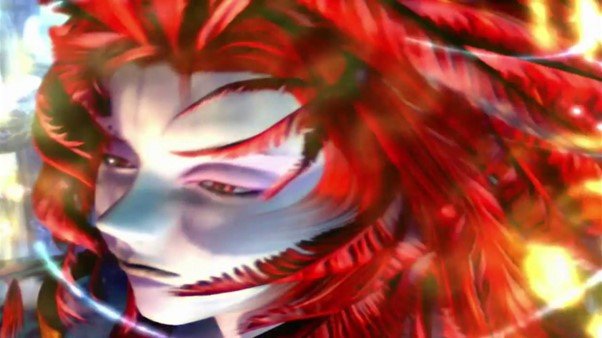
Odd as it may sound, the quirky characters really add to the game’s charm and doesn’t take long to get used to, although the backgrounds can look a tad grainy in comparison. What hasn’t transitioned quite so well from PS One is the lack of a frame-rate boost, with the game honouring the original 20FPS performance but running a little juddery as a result.
The game is only enhanced further by one of Nobuo Uematsu’s greatest soundtracks, right down to that incredibly catchy battle theme. I could point out the beauty of iconic tunes like ‘Melodies of life’ and ‘You’re not alone’ but it’s far simpler to say that Final Fantasy IX has one of the greatest soundtracks of the series, if not THE greatest.
Replayability/Trophies
There are, however, signs of what was to come in future games. This was a particular quirky design choice which would go on to become a major drawback in later games. That feature is an overabundance of repetitive mini-games. The only time this is really an issue is when collecting trophies since you’ll need to level up your chocobo to max level in the time-consuming digging game and skip over a jump rope 1,000 times consecutively. This is simply too much to ask.
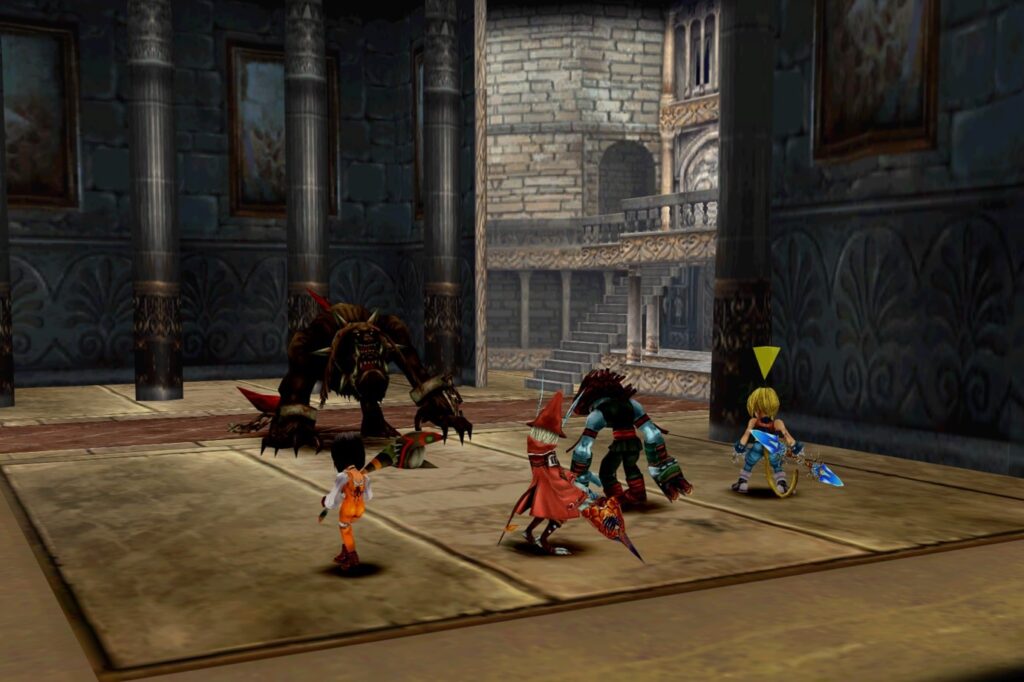
An extensive optional quest involves sending and receiving letters from Moogles and other non-playable characters via Mognet, an in-game postal service. There are in-game rewards for completing such tasks, good ones too, yet it’s just such a chore that isn’t relevant to the story and really doesn’t respect the player’s time. All I can say is be thankful it’s optional. You don’t need distractions like that taking your attention away from this stellar adventure.
Conclusion
It’s a game that’s very easy to immerse yourself in since it’s so terribly good at world-building. There’s a captivating variety in its locations, from the dark and rainy Burmecia to the mysterious Madain Sari and the hauntingly creepy Iifa Tree. If it wasn’t for the repetitive mini-games and awful trophies we’d be looking at the perfect package here.
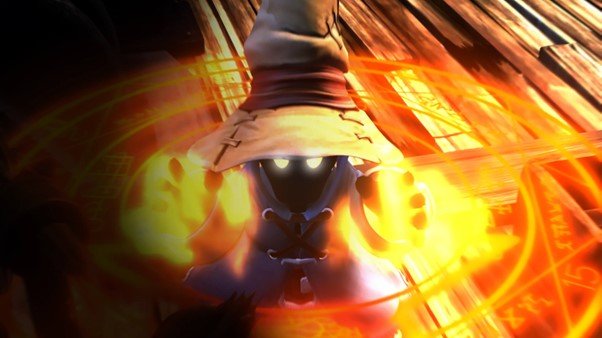
More often than not, I would find myself stopping along the way of whatever quest I’m in the middle of so I can talk to random people and see what interesting morsel of information I might end up learning about. When a game makes you care about what NPCs have to say, that’s when you know the developer has done a great job of crafting an engaging world.
Final Fantasy IX’s approach to character development results in this wonderful sense of charm and whimsy that balances the more serious moments of the game’s narrative really well. Unlike some games that try too hard to be serious and epic, Final Fantasy IX isn’t afraid to have fun and loosen up a bit, a trait that can easily get lost in games that often forget that humanity has a sense of humour.
Final Fantasy IX re-introduces one of the pinnacles of Squaresoft’s Golden Age of JRPGs. It’s not flawless, but a likable cast of newly-polished characters, combined with a well-crafted world and narrative makes this a must-have for any JRPG lover, especially those who missed it the first time, like I almost did.
Joys
- Incredible storytelling
- Surprisingly upbeat at times
- Timeless soundtrack
Cons
- Frame-rate could use a boost
- Irritating mini-games
